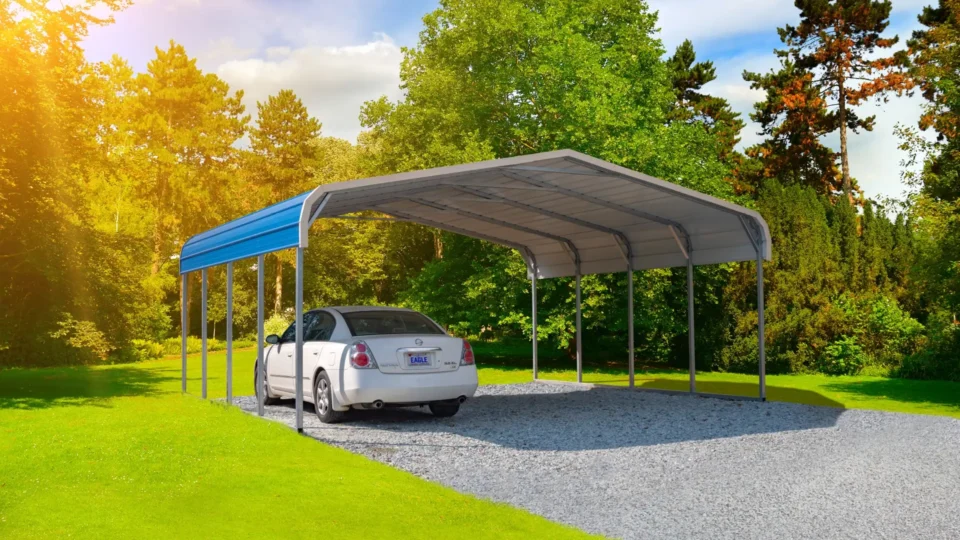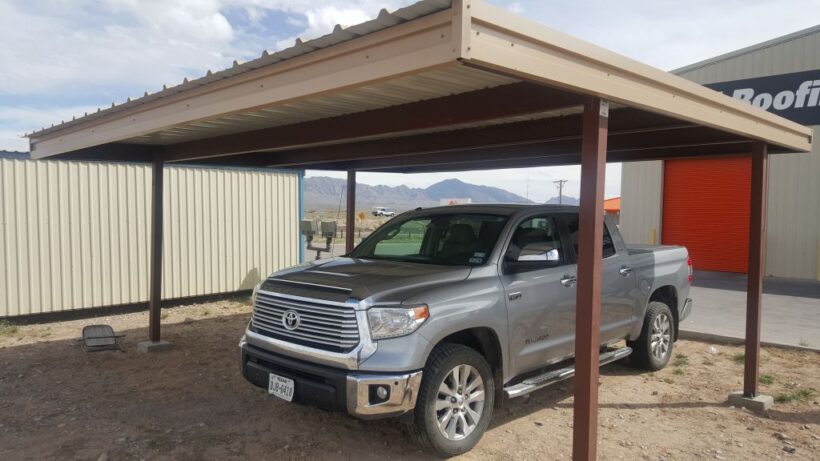A well-designed metal carport is more than just a protective shelter for vehicles; it’s an extension of your home, enhancing its functionality and aesthetic appeal. This comprehensive guide will walk you through every step of designing the perfect metal carport. From assessing your needs to understanding the nuances of material choices and weather considerations, we’ll provide you with the insights needed to create a carport that not only meets your requirements but also stands as a testament to thoughtful design and durability.
Assessing Your Needs
When planning your metal carport, the first step is to thoroughly assess your needs. Consider the number and type of vehicles you intend to shelter. Do you require additional space for a boat, ATV, or RV? Think about the future too – will you need more space for additional vehicles? Also, consider if you need extra storage space for tools or gardening equipment. This initial assessment will play a crucial role in determining the size, design, and features of your carport, ensuring it serves your needs both now and in the future.
Choosing the Right Location
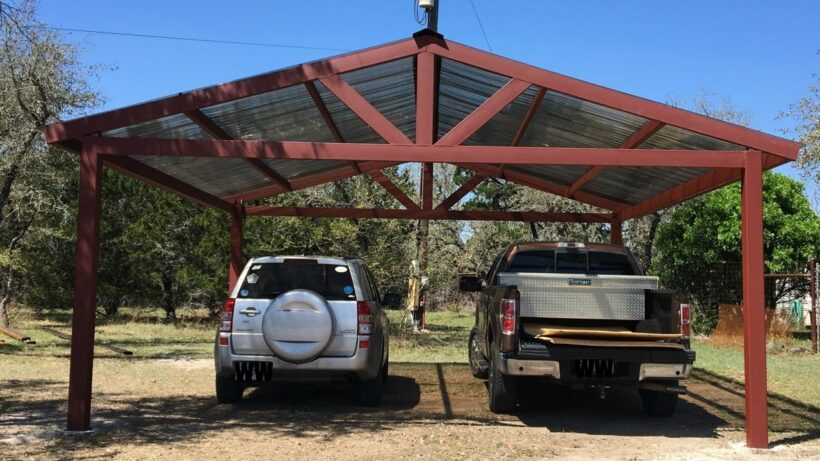
Selecting the ideal location for your metal carports is crucial. It should be easily accessible yet not obstructive to your property’s layout. Consider proximity to your home for convenience, especially during bad weather. Additionally, take into account the direction of prevailing winds, sunlight exposure, and the possibility of falling debris from trees. These factors will not only affect the durability of your carport but also its effectiveness in protecting your vehicles. Ensure the chosen spot has stable, level ground for a strong foundation, and consider local zoning laws and property lines to avoid legal issues.
Selecting the Size and Dimensions
Determining the right size and dimensions for your carport is pivotal. This decision should be based on the number of vehicles you plan to store and their sizes. Allow extra space for ease of movement around the vehicles. If you plan to use the carport for storage or as a workshop, factor in additional space accordingly. Remember, a cramped carport defeats its purpose of convenience and protection. It’s wise to consider future needs as well; a slightly larger carport than is currently needed might be more cost-effective in the long run.
Picking the Right Material
The durability and longevity of your carport largely depend on the material you choose. Metal, particularly steel or aluminum, is a popular choice due to its strength, durability, and resistance to elements like rust, rot, and pests. Steel offers robustness and can support heavier loads, making it ideal for areas with heavy snowfall. Aluminum is lighter and resistant to corrosion, suitable for coastal areas. Consider the aesthetics too; the material should complement your home’s design and enhance its overall curb appeal.
Designing for Weather Conditions
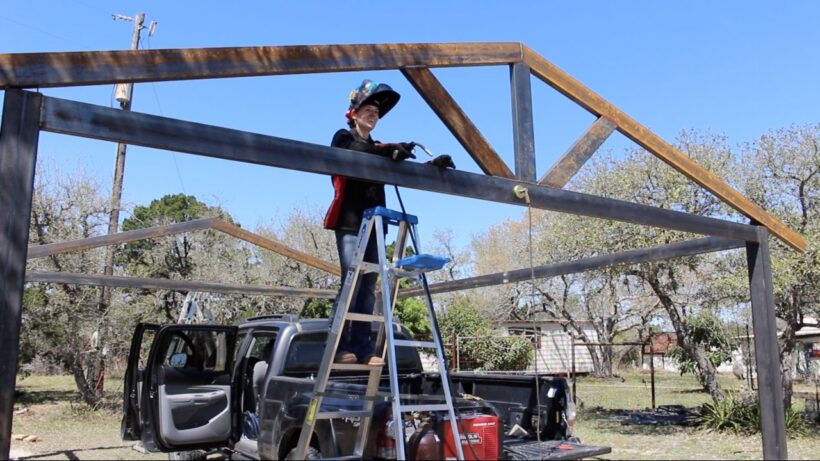
A crucial aspect of designing your carport is making it weather-resistant. Consider local weather patterns: heavy snow, strong winds, or extreme sun exposure. For areas with heavy snowfall, a steep roof pitch aids in snow shedding. In windy locales, ensure your carport is anchored securely to the ground. For sunny areas, a carport with side panels provides shade and protection against UV rays. Additionally, proper drainage should be considered to prevent water accumulation and damage.
Roof Styles and Options
The roof of your carport plays a significant role in both functionality and aesthetics. Common styles include flat, pitched, and gabled roofs. A flat roof is simple and cost-effective but less effective at water and snow drainage. Pitched and gabled roofs, while more expensive, offer better drainage and can withstand heavier loads. Consider adding insulation for temperature control and soundproofing. The roofing material should be durable, weather-resistant, and complement the overall design of your carport and home.
Adding Storage and Features
To maximize the utility of your metal carport, consider incorporating storage solutions and additional features. Shelving units, cabinets, and hooks can help organize tools and equipment. If you intend to use the carport as a workspace, think about installing electrical outlets, lighting, and a workbench. Customization options like side panels or enclosed sections provide added protection and privacy. These additional features can transform your carport into a multi-functional space that extends beyond vehicle storage.
Budgeting and Cost Considerations
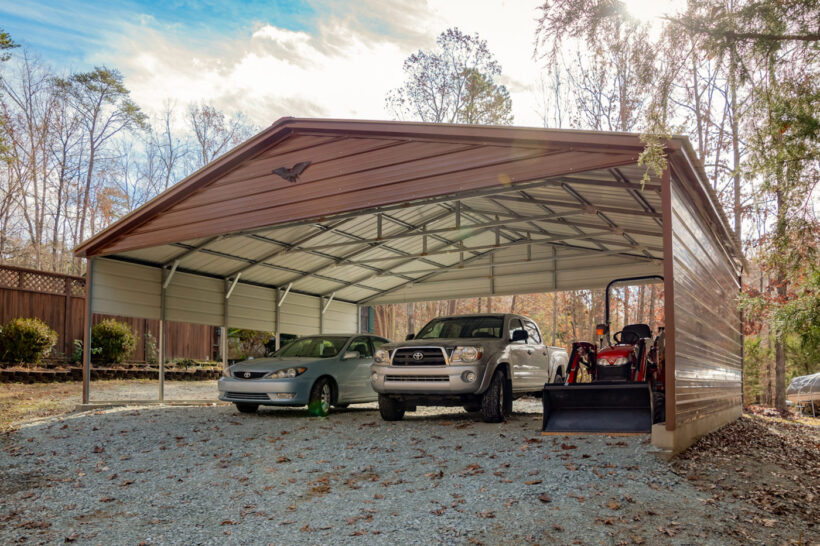
Budgeting effectively for your metal carport is essential. Costs can vary widely based on size, materials, and additional features. Research prices and get quotes from different suppliers and contractors. Don’t forget to factor in costs for foundations, permits, and potential site preparation work. While it’s tempting to choose the cheapest options, investing in quality materials and construction will save money in the long run due to reduced maintenance and repair costs.
Obtaining Necessary Permits
Before construction begins, it’s important to secure the necessary permits. Permits ensure your carport adheres to local building codes and regulations, which vary by location. This process can involve submitting plans and undergoing inspections. Skipping this step can lead to legal complications and even the need to dismantle the structure. Consult your local building authority early in the planning process to understand the specific requirements for your area.
Hiring a Professional vs. DIY
Deciding between a DIY project or hiring a professional depends on your skills, experience, and the complexity of the project. A DIY approach can be more cost-effective and offers a sense of accomplishment. However, it requires time, appropriate tools, and a good understanding of construction. Hiring a professional ensures expert craftsmanship, and adherence to building codes, and can save time. Consider the scope of your project and evaluate your abilities realistically before deciding.
Maintenance and Longevity
Proper maintenance is key to ensuring the longevity of your metal carport. Regularly inspect for damage, especially after extreme weather events. Keep the roof clear of debris, leaves, and snow. Check for rust, especially in joints and fastenings, and apply rust-proofing treatments as needed. Clean the carport periodically to prevent dirt accumulation. By maintaining your carport, you ensure it remains a durable and functional addition to your property for years to come.

